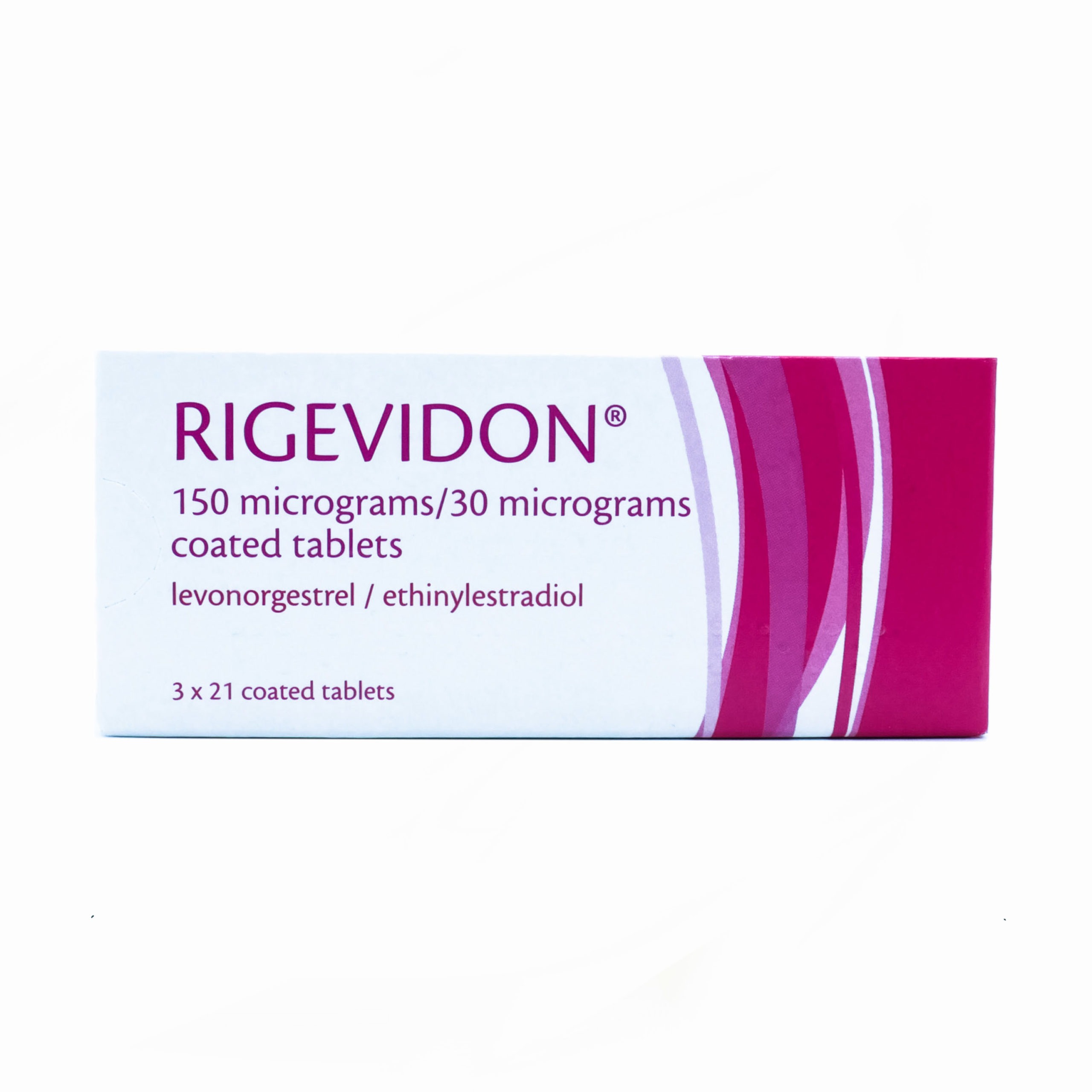How Does Rigevidon Work?
A woman becomes pregnant when an egg discharged from the ovaries is fertilised by a sperm. Ovulation is the process through which the ovaries release one egg each month during a typical menstrual cycle. Progesterone and oestrogen regulate this process. Rigevidon comprises the synthetic hormones levonorgestrel and ethinylestradiol, which manipulate the levels of each hormone to prevent the release of an egg. The pill makes it more difficult for sperm to reach the uterus. Fertilisation and embryo implantation fail to take place, resulting in a light period.
Directions
Rigevidon is an oral drug that should be taken with the guidance of a healthcare professional and only after reading the instructions.
- It should be taken at the same time daily for 21 days.
- After 21 days, take a seven-day break where you will experience bleeding.
- Start your new pack on the same day as the first after the seven days break.
Ingredients
Rigevidon contains these two active ingredients: 150 micrograms of levonorgestrel and 30 micrograms of ethinylestradiol.
Rigevidon also contains the inactive substances, Colloidal anhydrous silica, magnesium stearate, talc, maize starch, lactose monohydrate, sucrose, calcium carbonate, titanium dioxide (E171), copovidone, macrogol 6000, and povidone carmellose sodium.
Warnings
Rigevidon is not suitable for you if you have the following conditions;
- An allergy to any of the ingredients of Rigevidon.
- A history of breast, uterus, or cervix cancer.
- Blood clotting disorder.
- A history of heart attack or stroke.
- Angina pectoris.
- Very high blood pressure.
- Severe diabetes and migraines.
- Impaired liver function.



